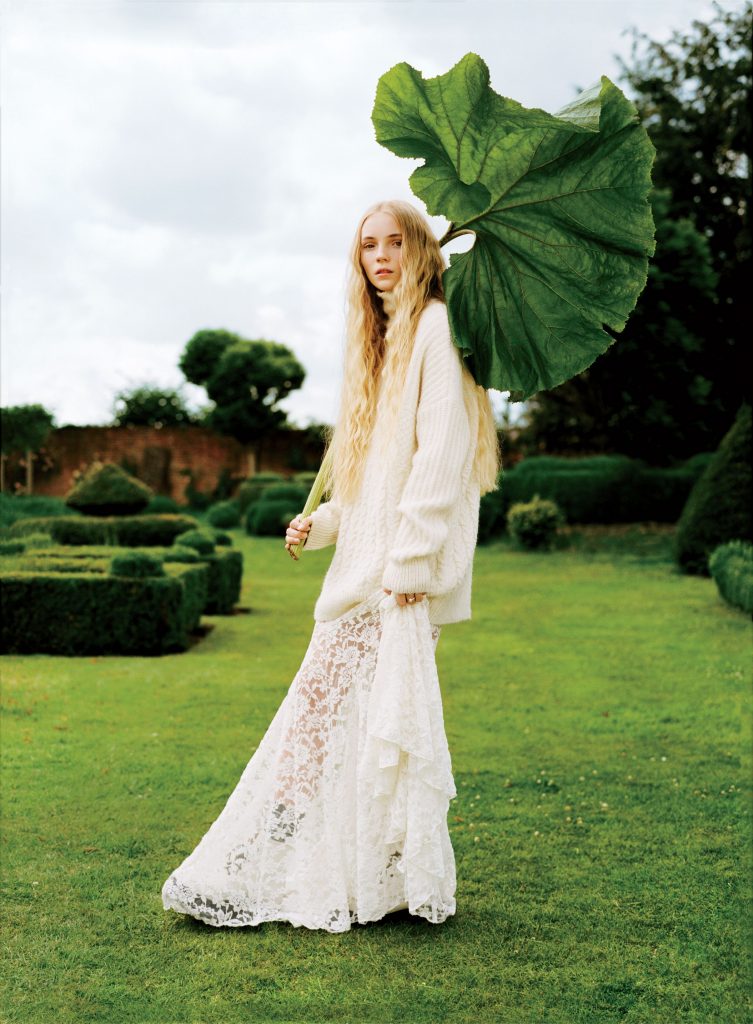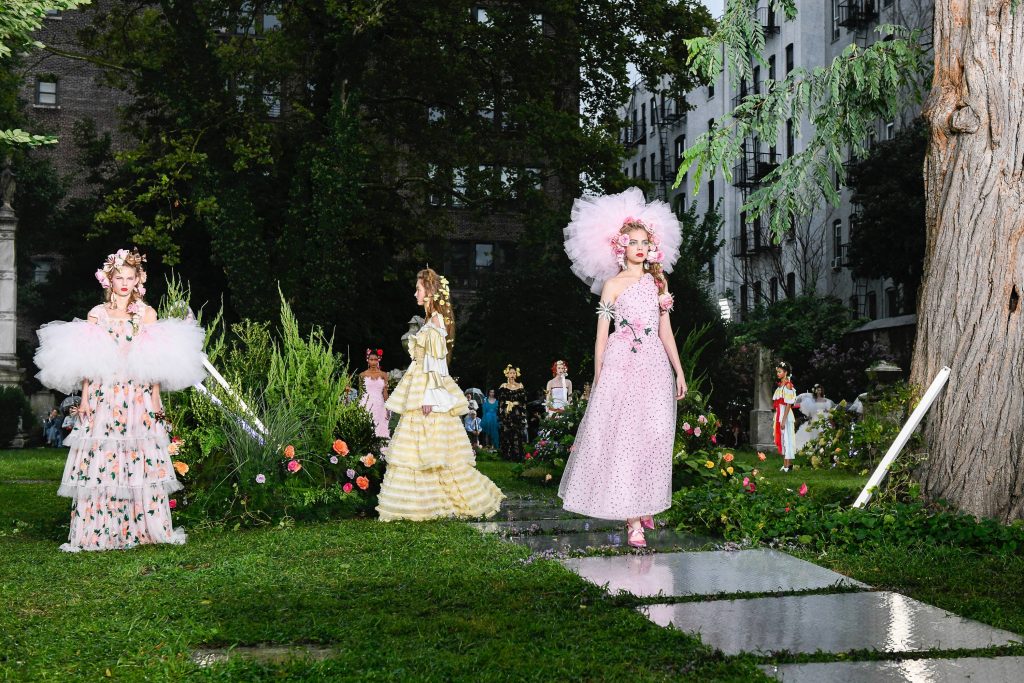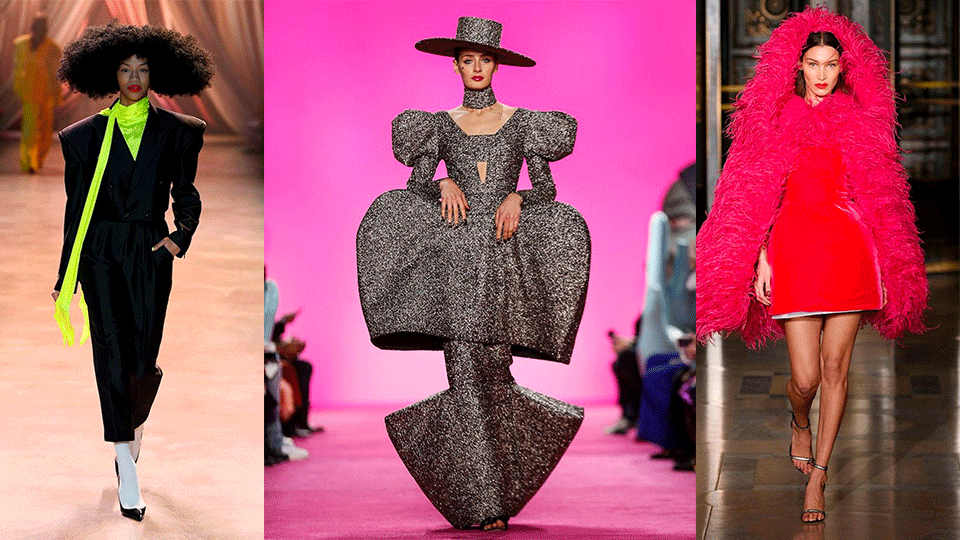- À New Wave to Fashion, À New Way of Living. Download Now on iOS Android Canada SS22
- hello@alahausse.ca
Understanding Fairtrade in the fashion Industry

The RealReal in the works of developing their own luxury brand
August 13, 2021#OOTD for the Gram: Social Media Adapting the ‘Wear it Once’ Culture
August 13, 2021
Written By: Danté Lusson
Everytime you buy something new you are going to ask yourself some questions. Do I really need this? What colour should I get? Can I find a cheaper version of it? But how many times have you asked yourself “is this product fairtrade?”. In an ideal world we would all be shopping sustainably and living green but unfortunately this is not the case for everyone. With the rise of greenwashing and lack of accessibility, being an eco-conscious shopper can be difficult, especially when it comes to fashion.
What is Fairtrade?
The basic definition of fairtrade is pretty simple: offering fair compensation for manufacturers and producers for their goods and services (sounds pretty easy right?). But with constant headlines like “How Amazon Undermines Jobs, Wages, and Working Conditions” we are left with this question of why fair trade isn’t always occurring. Fairtrade is a result of the food industry and is most commonly seen and used when it comes to coffee. Fairtrade was developed to benefit small farmers and workers by offering them stability when it comes to cost and wages. The easiest way to identify fair trade is by using the ten principles of Fair Trade that the World Fair Trade Organization (WFTO) have created.
The Ten Principles of Fair Trade
- Creating opportunities for economically disadvantaged producers
- Transparency and accountability
- Fair trading practices
- Fair payment
- Ensuring no child labor or forced labor
- Commitment to non-discrimination, gender equity, and women’s economic empowerment and freedom of association
- Ensuring good working conditions
- Providing capacity building
- Promoting ethical trade
- Respect for the environment

These ten principles are often seen and valued by fashion brands that focus on sustainability and ethical practices in all parts of their supply chain.

Consumer values
Words like transparency and sustainability have become buzzwords in the fashion industry as brands have realized the influence they can have on consumer decisions. A 2019 survey found that 47% of internet users worldwide stop supporting brands that were in violation of their personal values. Many brands have shifted their focus onto their sustainable lines or editions. Sephora adds their “Clean at Sephora” stamp on eco-friendly products and Zara with their “Join Life/Collection” which gets displayed on green garments. These kinds of efforts are a way for larger brands to keep their consumers and do good while they are at it.
Beware: Greenwashing ahead
One thing that consumers need to be aware of is the use of greenwashing. Greenwashing “the act of misleading consumers regarding the environmental practices of a company or the environmental benefits of a product or service” has become the norm in the fashion industry. Greenwashing can be difficult to identify and it leaves consumers thinking they are making eco-friendly choices when this may not actually be the case.

The Six Sins of Greenwashing
In a case study completed in 2007, TerraChoice came up with a consumer guide on how to identify greenwashing in products. “The Six Sins of Greenwashing” are the different ways that companies use greenwashing to display themselves as a green choice.
- The Sin of the Hidden Trade-Off: using one single attribute to claim a product is green
- The Sin of No Proof: a claim that cannot be backed up with easily accessible evidence
- The Sin of Vagueness: making a poorly defined or vague claim about a product
- The Sin of Irrelevance: a claim that may be true but lacks importance in a larger context
- Sin of Lesser of Two Evils: the product may be green but the category it belongs to is inherently not green
- Sin of Fibbing: making false environmental claims
The sins of Greenwashing highlight how difficult it can be to identify greenwashing and how often it can occur without the knowledge of the consumer. In a fashion context it is extremely important to consider the fifth point, the sin of the lesser of two evils. This idea that a product can be eco conscious but the category it belongs to is not. Sound familiar? Sustainable and fast fashion can’t exist in the same realm because the core characteristics of fast fashion production can and will never be sustainable. Additionally, there are few laws and regulations when it comes to greenwashing and even fewer examples of penalizations for committing it. This is why a seal like Fair Trade is so important and is shifting the way consumers shop.
Fair Trade Certified
The beauty of Fair Trade is that it requires certification meaning companies are unable to claim the badge without actually putting in the work. The fair trade certification was developed by Paul Rice following his work in coffee farms in Nicaragua beginning in 1983. He began to work with small coffee farmers, providing them with higher wages that would allow them to reinvest into their farms and therefore produce better products (circular economy). To become fair trade certified a company must apply for the certification by meeting a series of requirements such as safe working conditions, responsible sourcing and sustainable production.

Types of Textiles
Not only have the numbers of global textile waste skyrocketed, the introduction of textiles like polyester and nylon have added a difficult layer to it all. Currently 20% of global production waste comes from the textile and apparel industry. And the issue is that when these garments are going to the landfill they often are unable to break down or even be recycled. Natural textiles like cotton, wool, and bamboo can be biodegradable but are often more expensive. Their competitors, the synthetic fibers like nylon, spandex, and polyester are cheaper in production and consumption and rule the fast fashion industry. By choosing to purchase textiles that can be biodegradable you are ensuring longevity as the product can last you a lifetime and if need be it can be recycled and/or reused.
Fair Trade Cotton
The cotton industry is valued at over 50 billion dollars a year and large corporations make it difficult for small farms to stay competitive. Fair trade certification uses certified cotton which ensures that the producers were paid fair prices for their cotton. Additionally, with fair trade cotton the farmers rights are protected and health and safety are key. When you shop fairtrade you are investing in a more sustainable future.
Fair Labour Practices
The issue of unfair labour practices in the fashion industry has unfortunately become the norm at this point. Most fashion production is done overseas and labour is outsourced therefore it can be difficult to track and maintain fair labour practices. As outlined by the WTFO’s ten principles of fair trade, fair payment is a must. This means fair prices, fair wages, and local living wages. Fair prices are negotiated to ensure a reasonable profit is being made. Fair local living wages means that a decent standard of living must be met with the wages (this includes food, water, accommodations, and other living expenses). The fair trade label highlights that the workers are equally as important as the products being produced and sold.
The most sustainable thing a consumer can do is extend the life cycle of their products. Quality over quantity is a value that all consumers should have, especially when it comes to fashion. And if you need to purchase something new, try and keep your eyes open for that little fairtrade seal of approval. We are seeing shifts in consumer values and hopefully this drives more and more brands to make these large scale changes in their business models. Sustainable fashion industry here we come!
Via ÀLA.HAUSSE‘s Multi-functional and Multi-purposeful Fashion Ecosystem- BUY/SELL/RENT/LEND/ (swap BETA 2021) mobile application, INDIVIDUALS & brands ( BETA 2021) are encouraged to REBUY, RESELL, REUSE and UP-CYCLE their personal “Clossets” aka Clothing Assets, along with overstock inventory and samples. Through this consumerism habit shift we indirectly slow down the urgency on fashion’s carbon footprint, aiding sustainability as a whole.
BETA Early Access Application Now Open for CA Fashion Lovers: Apply Now for LAST CALL
with Stories on www.alahausse.ca
#ALAHAUSSE #WEARYOURPURPOSE #HAUSSEPEOPLE
References:
- https://ilsr.org/wp-content/uploads/2018/03/AmazonLaborFactSheet_FINAL.pdf
- https://www.businessinsider.com/sustainability-as-a-value-is-changing-how-consumers-shop
- https://sewport.com/learn/fair-trade-clothing
- https://sustainability.usask.ca/documents/Six_Sins_of_Greenwashing_nov2007.pdf
- https://www.fairtradecertified.org/about-us
- https://www.close-the-loop.be/en/phase/3/end-of-life








